Usher Syndrome Type 3a
Usher syndrome type 3a. Usher syndrome type 3 caused by mutations in the CLRN1 gene is an inherited disease that causes progressive hearing loss and vision impairment. Their hearing and vision loss are progressive starting around puberty. Progressive hearing loss which.
Most have normal to near-normal balance but some develop balance problems with age. Usher Syndrome Type 3A USH3A is caused by mutations in the Clarin 1 CLRN 1 CLRN1 gene and t here is no cure for this d evastating disorder. Children with type 3 Usher syndrome often develop hearing loss by adolescence requiring hearing aids by mid-to-late adulthood.
Sensorineural hearing means it is caused by abnormalities of the inner ear. It occurs with higher frequency in individuals of Ashkenazi Jewish and Finnish heritage. USH is an autosomal recessive disorder that affects both hearing and vision in patients and accounts for more than 50 of combined deafness and blindness cases.
Children with type 3 Usher syndrome have normal hearing at birth. It is characterized by hearing and vision loss that begins in late childhood and worsens over time. Usher syndrome type 3 is characterized by later onset hearing loss variable balance vestibular dysfunction and RP that can present between the second and fourth decade of life.
Usher syndrome type III is characterized by postlingual progressive hearing loss variable vestibular dysfunction and onset of retinitis pigmentosa symptoms including nyctalopia constriction of the visual fields and loss of central visual acuity usually by the second decade of life Karjalainen et al 1985. Usher syndrome type III is characterized by postlingual progressive hearing loss variable vestibular dysfunction and onset of retinitis pigmentosa symptoms including nyctalopia constriction of the visual fields and loss of central visual acuity usually by the second decade of life Karjalainen et al 1985. Pakarinen et al 1995.
276902 have progressive hearing loss. A person must have two variants in the CLRNI gene in order to have this Erin condition. Yes are approved or conditionally approved by New York State and do not require an NYS NPL exemption.
Children usually have normal hearing and vision at birth then develop hearing loss and RP in adolescence or later. However some develop balance problems with age.
Children with type 3 Usher syndrome often develop hearing loss by adolescence requiring hearing aids by mid-to-late adulthood.
A person must have two variants in the CLRNI gene in order to have this Erin condition. Children with type 3 Usher syndrome have normal hearing at birth. You do not have the variant we tested. 276902 have progressive hearing loss. Progressive hearing loss which. Abstract Clarin-1 CLRN1 is the causative gene in Usher syndrome type 3A an autosomal recessive disorder characterized by progressive vision and hearing loss. Children usually have normal hearing and vision at birth then develop hearing loss and RP in adolescence or later. Usher Syndrome Type 3A Retinitis Pigmentosa NEW YORK CLIENTS Tests displaying the status New York Approved. Balance issues occur in approximately 50 of individuals with Usher syndrome type 3.
Researchers have identified three major types of Usher syndrome designated as types I II and III. These types are distinguished by the severity of hearing loss the presence or absence of balance problems and the age at which signs and symptoms appear. Class of ciliopathies termed Usher syndrome USH. Pakarinen et al 1995. You do not have the variant we tested. Balance issues occur in approximately 50 of individuals with Usher syndrome type 3. Their hearing and vision loss are progressive starting around puberty.



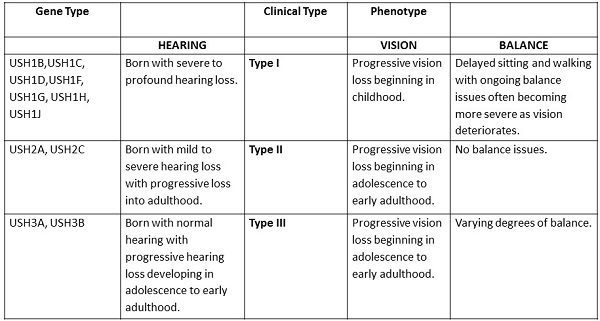

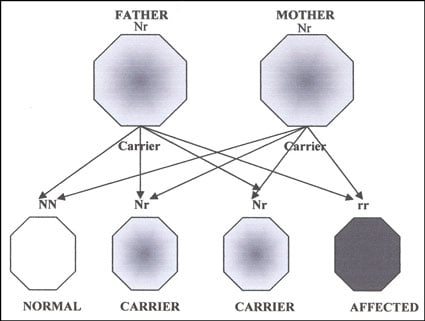



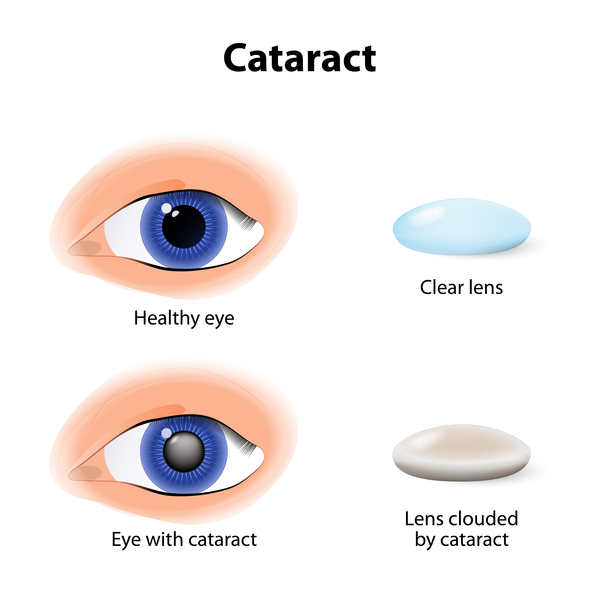

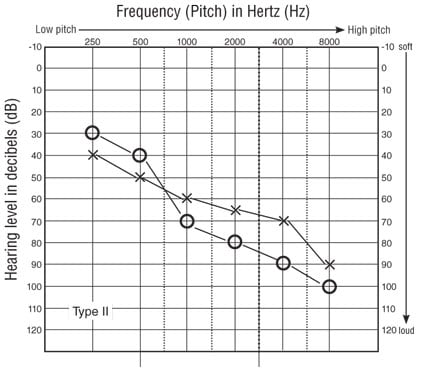
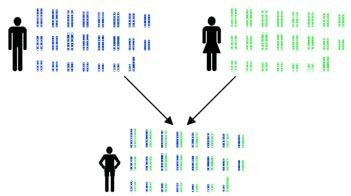
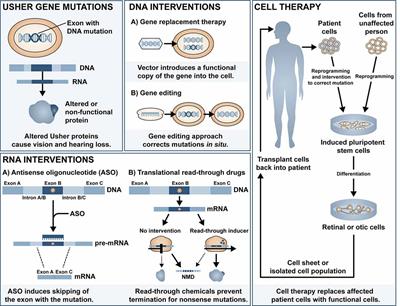

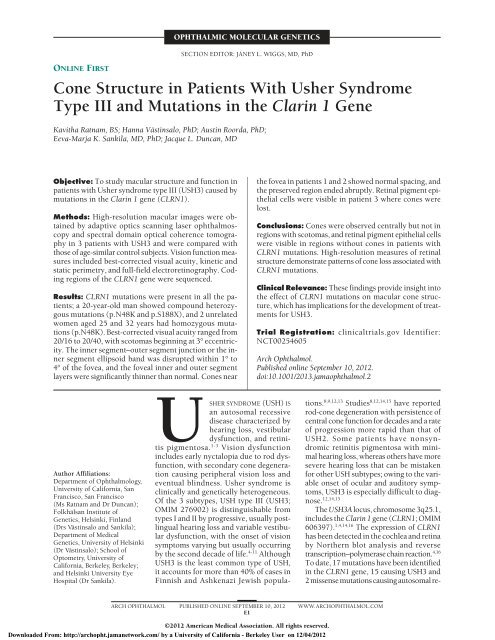

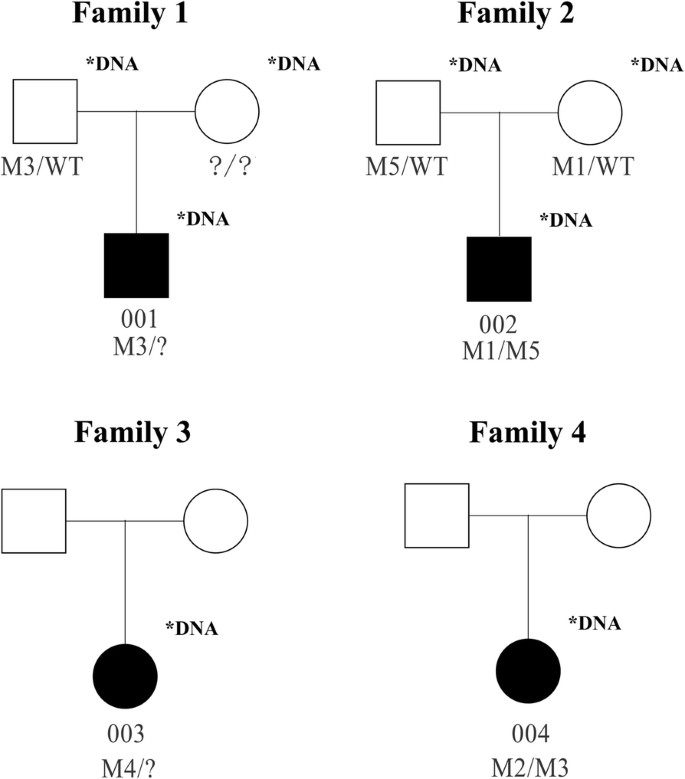



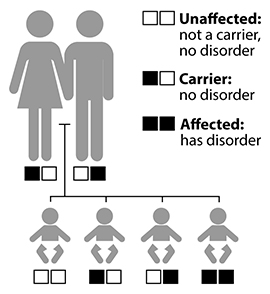


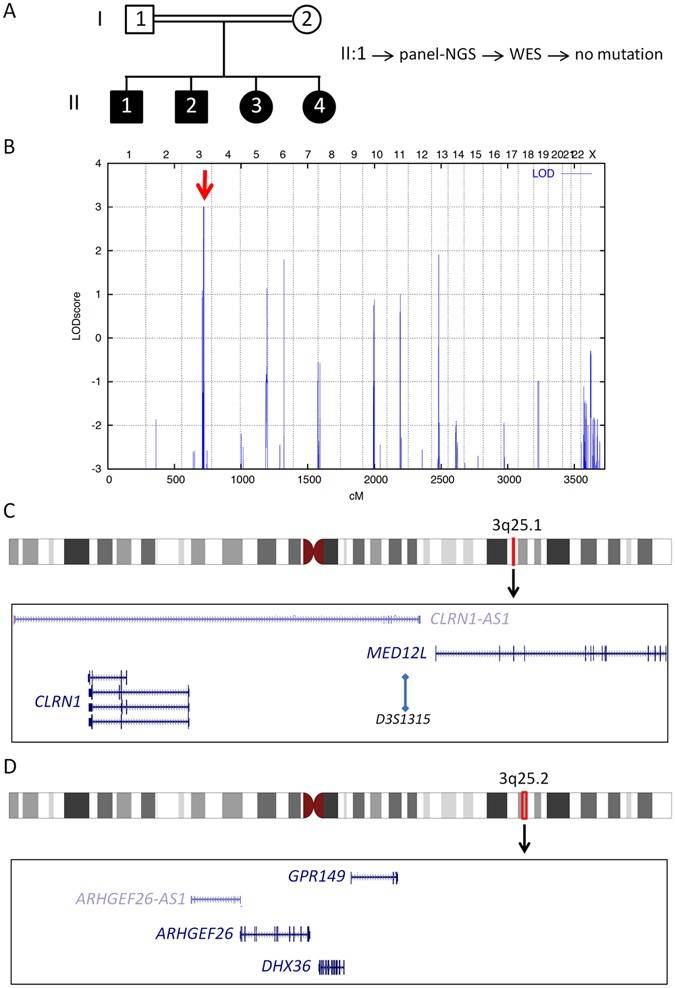




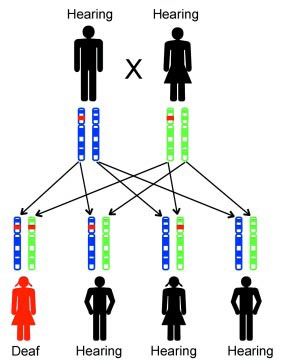
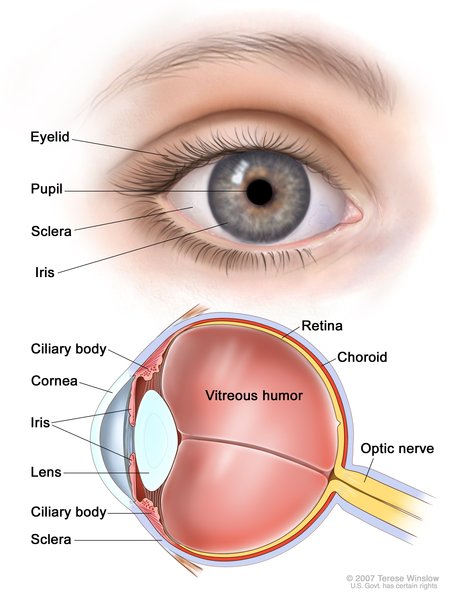









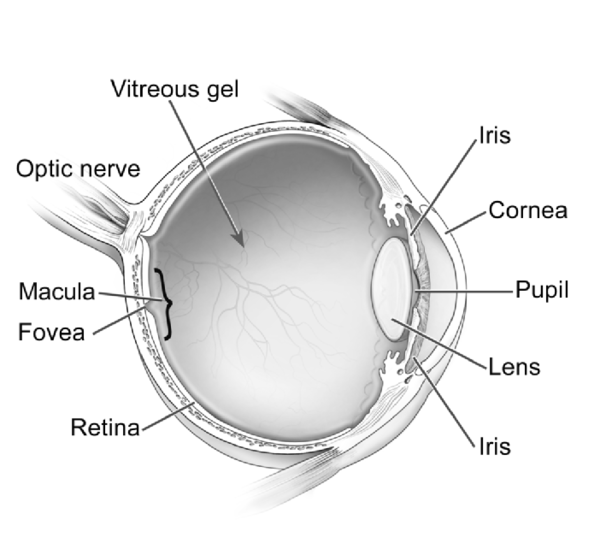
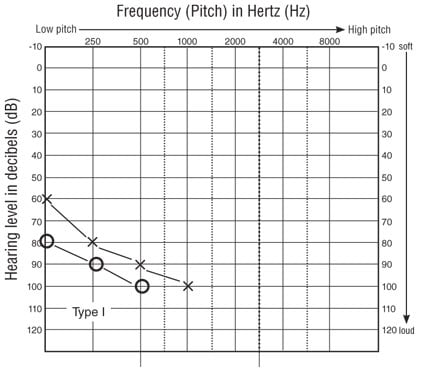
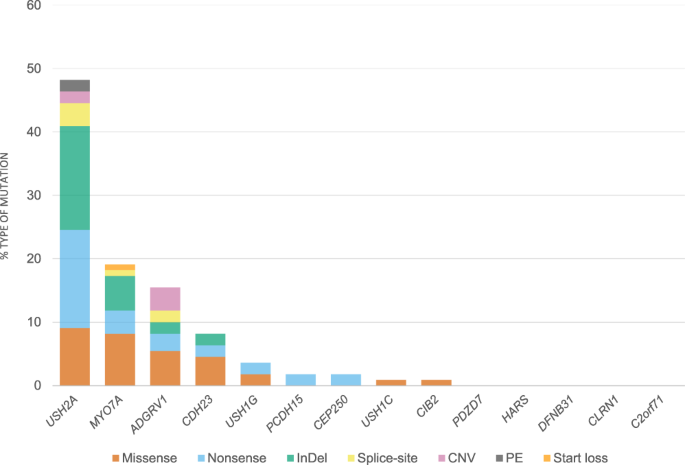
Post a Comment for "Usher Syndrome Type 3a"